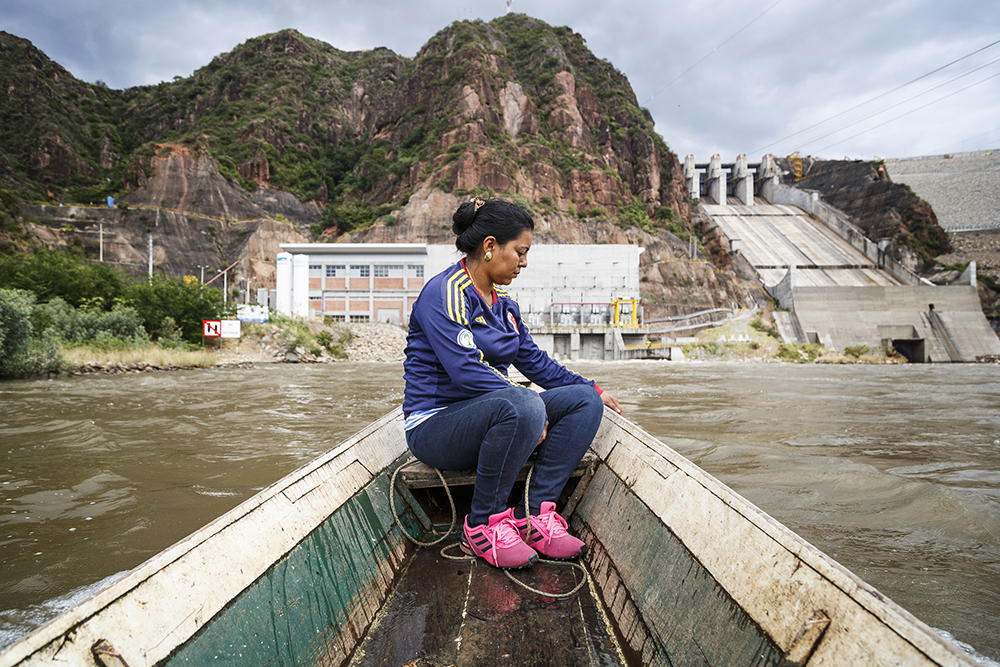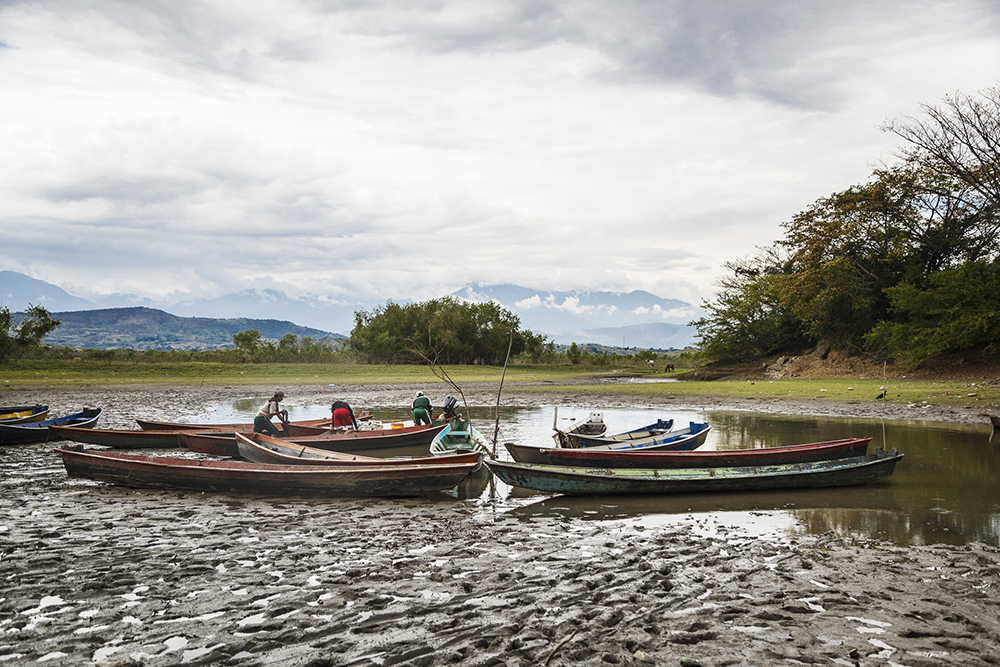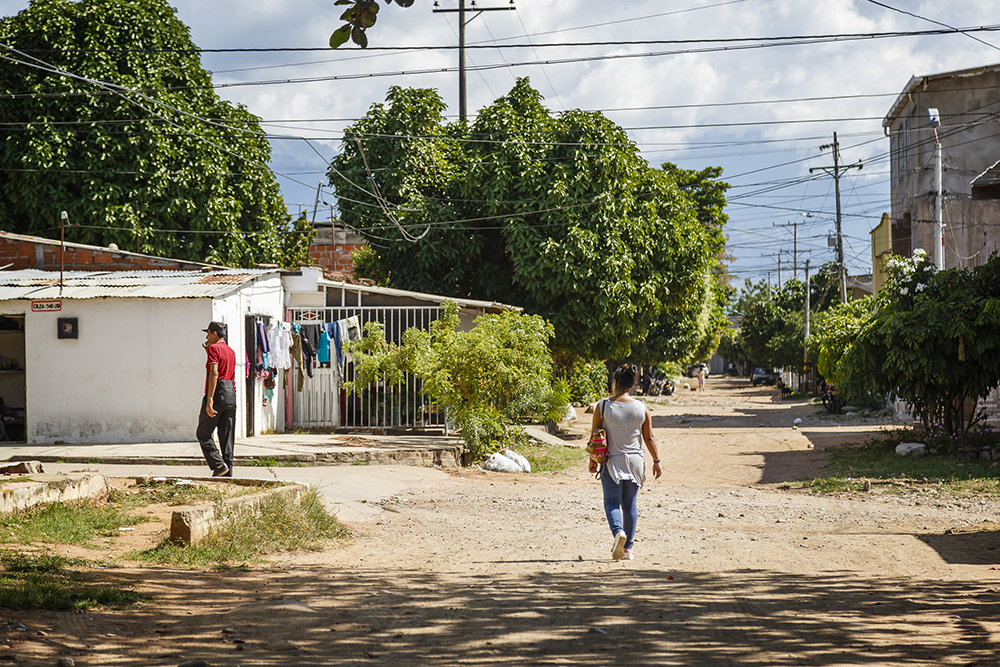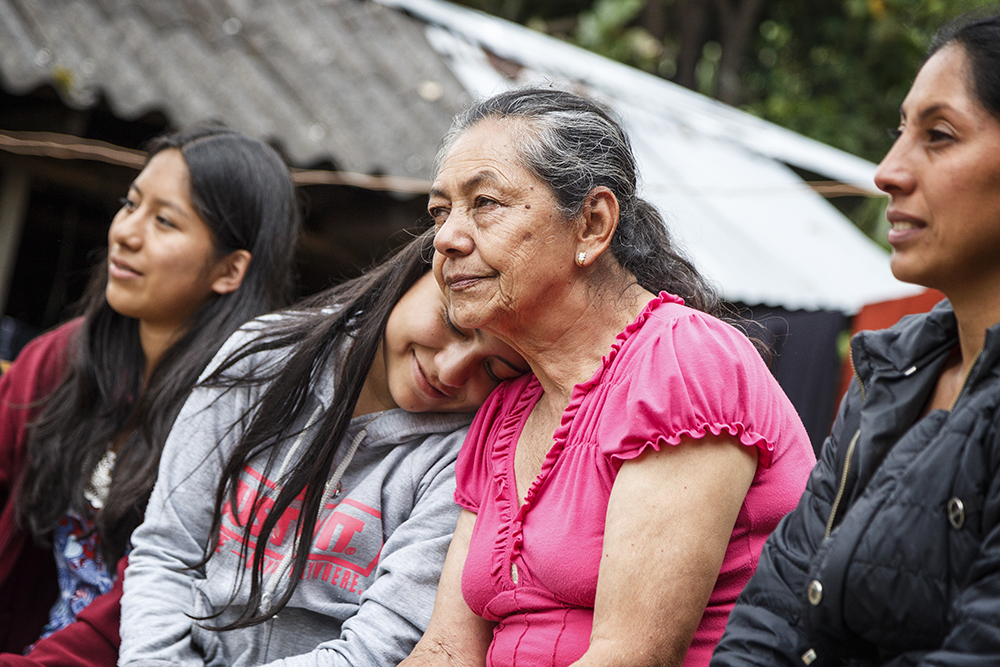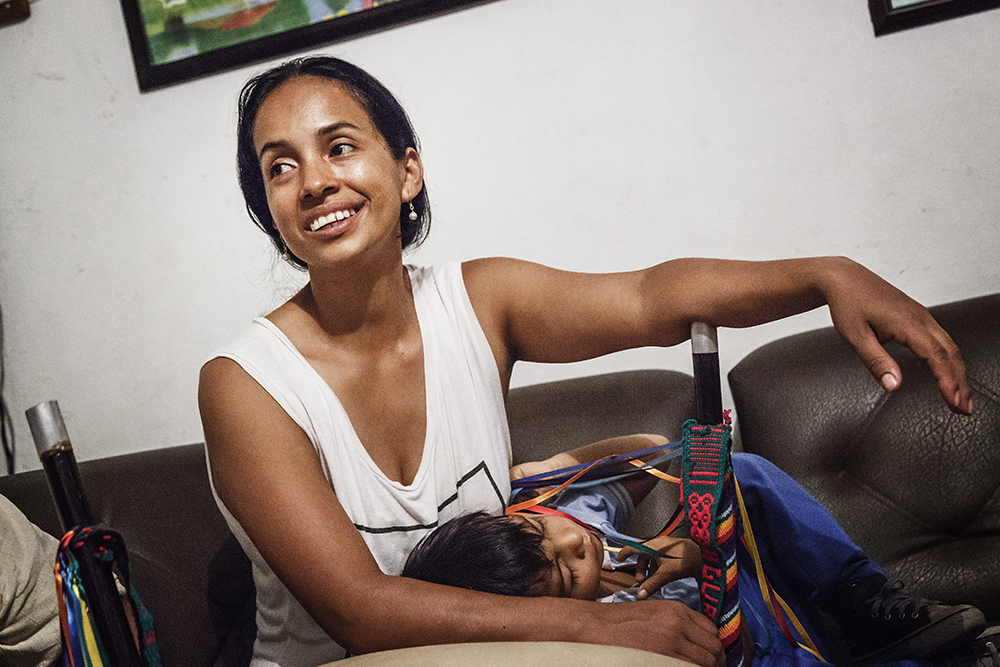When Luz Myriam began her fight against the construction of the hydroelectric facility that the far-right president Álvaro Uribe Vélez (2002-2010) had announced in her area, her children were three and ten years old. In spite of years fighting to prevent the construction of this extractivist mega-facility in her capacity as a community leader with the Association of People Affected by the El Quimbo Hydroelectric Project (ASOQUIMBO), in 2011 Restrepo was forced to witness the inauguration of the dam, with Italian and Spanish capital provided by the companies ENEL and ENDESA under the Colombian trade name of ENEL-EMGESA. This inauguration brought with it the flooding of 8,500 hectares of rural land, with more than 28,000 people affected and some 15,000 forcibly displaced. A wall of environmental, economic and social upheaval had been erected in her region.
A development model founded on extractivist principles has imposed activities such as open-pit mining, fracking, extensive monoculture for agrofuels, and large hydroelectric facilities on rural areas of Latin America, with all the negative consequences that these entail for local communities. "The government said the dam would be an exemplary development initiative for the local area, that it would create many jobs, that people would have a better quality of life... none of that happened", says Luz Myriam. "Quality of life is not making us go hungry, destroying our families, uprooting us from where we live”.
